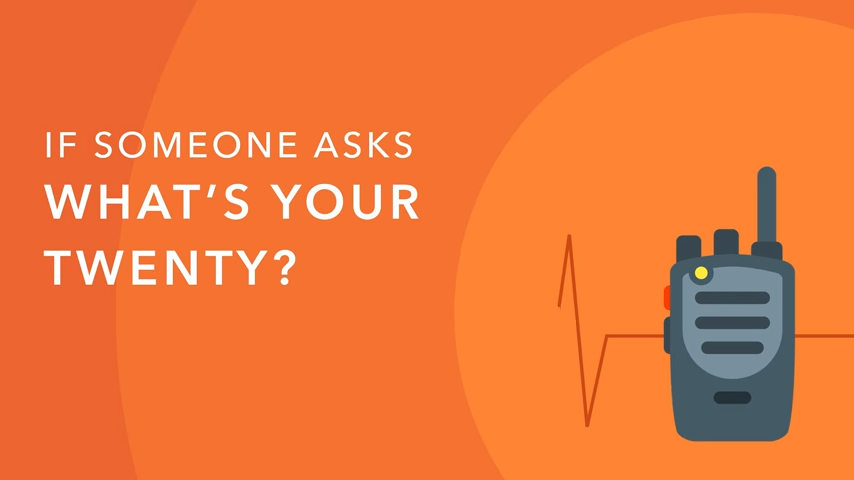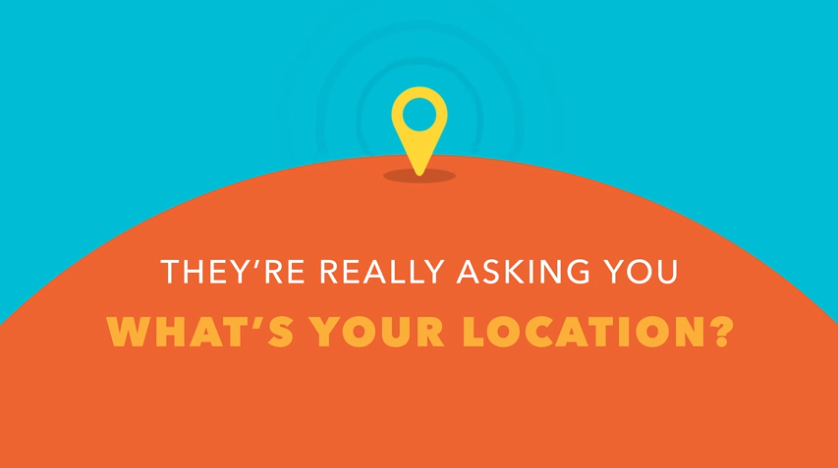We’ve all seen the movies and TV shows where two people in a helicopter with up-to-date technology can talk to each other. However, we’ve also seen many times when one person with a walkie talkie is trying to communicate with another person who has no idea what they’re saying. This blog post will teach you some of the most popular Walkie Talkie codes used in today’s society!

Why Walkie Talkie language was invented?
Radio receivers like walkie talkies have a lack of the high-quality audio which smartphones provide, causing transmissions to be unclear. Instead of relying on the radio’s speakers to hear what is being said, it is necessary to develop a system for proper communication. Communicating is an important issue when someone’s life depends on your message being heard properly. The secret language was firstly created by sailors who wanted to avoid having their secrets overheard during war times. Today, these systems are utilised because they allow quick communication without using all available bandwidth and it reduces errors caused by the stream misunderstandings.
General rules for Basic Radio Etiquette
There are some rules that every radio user should follow. Failure to abide by these will result in other users thinking you’re ignorant and rude, as well as potentially breaking the law.
The first rule of using a walkie talkie is you cannot speak and listen at the same time! Don’t interrupt if you hear other people talking. Wait until their conversation is finished unless it is an emergency. Make your speaking as precise and clear as possible. Avoid long and complicated sentences. If your message is long, divide it into separate shorter messages. Determinehow to address each person on the channel since this is an important part of communicating over a walkie talkie system – use not your name, but your call sign! Check your radio to ensure it is in good working condition and memorize call signs and locations of persons and radio stations you communicate with regularly.
Be aware of the walkie talkies security. Remember, frequencies are shared, you do not have exclusive use of the frequency. Do not transmit confidential information unless you know the proper security technology is in place.
Short list of Walkie Talkie Codes
The next step in Walkie Talkie Language is understanding the basics of the code words that have become standard over time. Knowing the Walkie Talkie Codes help you when communicating by walkie talkies.
- Radio Check – What is my signal strength? Can you hear me?
- Go Ahead – You are ready to receive the transmission.
- Stand-by – You acknowledge the other party, but I am unable to respond immediately.
- Roger or Ten Four – Message received and understood.
- Copy – Message understood.
- Negative – Same as “No”.
- Affirmative – Same as “Yes”.
- Say Again – Re-transmit your message.
- Over – Your message is finished.
- Out – All conversation is finished, the channel is clear for others to use.
There are also ten-codes, also called ten-signals which means the shortened common phrases in radio communications. Thus allowing for brevity and standardization of messages and are widely used by law enforcement an radio enthusiasts.
- 10-1 (Transmission unreadable or receiving poorly)
- 10-2 (Signal good)
- 10-3 (Abort transmission)
- 10-4 (Message received, understood)
- 10-20 (What’s your location?)
You may need to pronounce words over the radio on a regular basis, especially if there are some acronims or names. But because sounding out letters over a transmission can be tricky, the walkie talkies amateгrs use the NATO Phonetic Alphabet instead: A-Alfa, B-Bravo, C-Charlie..
An example of Walkie-talkie code conversation
“Bravo Victor Two, BRAVO Victor Two, This is Bravo Victor One! Come in.” (BV2 is your partner call sign, BV1 is your call sign)
“I read you five by.” (The signal strength is strong, so the conversation may сontinue)
“What’s Your 20?” (Where are you?)
“…” (Answering the location.)
“Roger that! Over and Out.” (Message received! I’ve finished, the channel is clear for others to use.)

Although the Walkie Talkie Language was invented and are usually used for serious purposes, it should sound comical for the first time. And by the way, there is no reason why it cannot be used for entertaiment and fun as well!
The bottom line
If you’re going to use walkie talkies for any type of communication, nevertheless is it your work organization or just plans for the weekend, it’s important to know how they work and what the lingo means. before walking into an important conversation with your team – or even just making plans for the weekend – it can be much less stressful. We hope this article has helped answer some questions about these handy devices so that you can communicate effectively with them without wasting too much time or energy!
